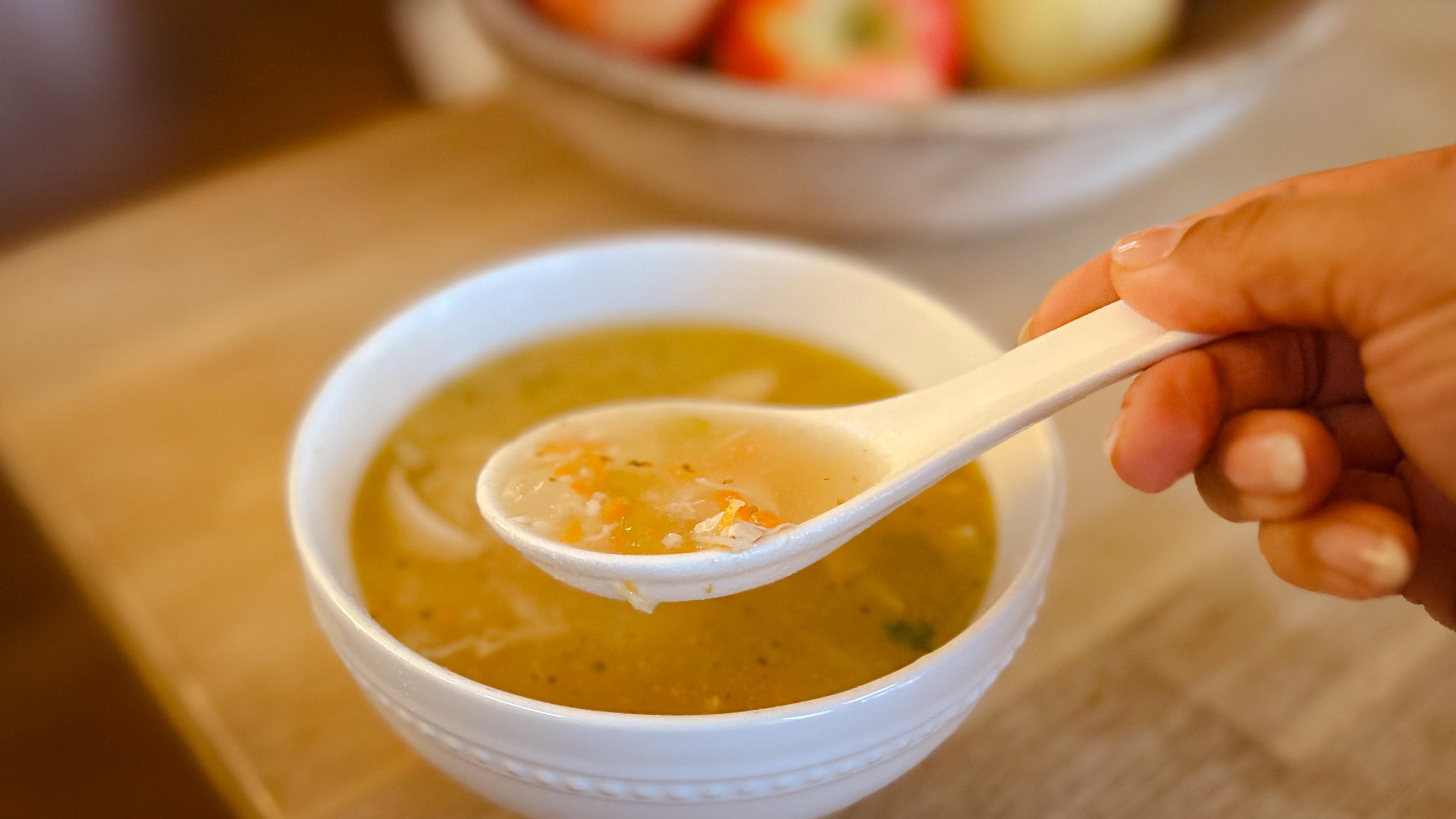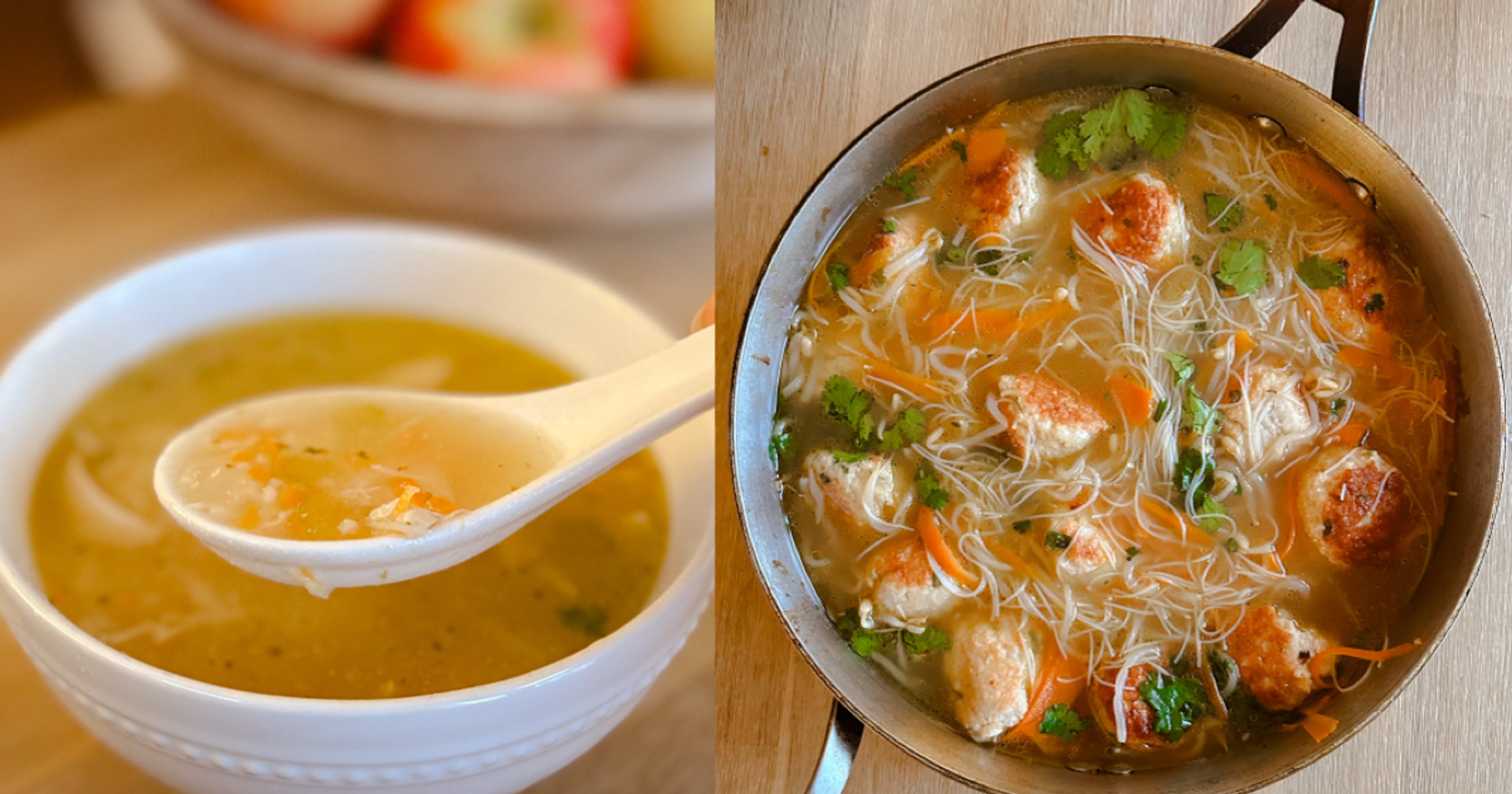How to Make the Most of Farmers Markets
| 3 min read

Michigan is home to more than 340 farmers markets, each offering locally-grown produce filled with community and fun. For some, the distinct environment and assorted inventory can be overwhelming. Consider these tips on how to make the most of your trip to the farmers market:
Plan Ahead: Going to the farmers market without a list or plan may lead to unnecessary purchases. To avoid waste, look around the kitchen and get an idea of which foods might pair well for meals in the week ahead. Use the seasonal produce available at the market for inspiration and explore using leftovers in a new soup, salad, sandwich, casserole or as compost for your garden.
Arrive Early or Bargain Late: Early shoppers have a better chance of avoiding lines, and picking up fresher, high-demand produce. On the other hand, those looking for a good deal may want to visit later in the day. Oftentimes, that’s when vendors will discount their products to prevent unnecessary waste.
Taste Test: A farmers market is the perfect place to try new foods, especially for children. Introducing healthier options early-on can help shape long-term eating habits and encourage a more diverse palate. Interestingly enough, it can take up to 10 tries to acquire a taste for new foods.
Ask About Animal Products: Meat, eggs and cheeses found at farmers markets are often less processed than their competitors. Vendors focus on breeding and quality, as opposed to the product’s shelf-life. This often means less manipulation, additives and more nutrients.
Utilize Unique Inventory: Learn more about products offered at the farmers market by asking vendors questions about foods you might not ordinarily purchase. Typically, farmers are on-hand to educate shoppers on their many offerings.
Stock Up on Seasonal Products: Research what grows in the area or talk to vendors about their planned inventory. Many farmers markets provide customers with crop calendars at the information booth to show when various fruits and vegetables will be available. For example: In Michigan, popular summer items include:
- Apples
- Apricots
- Asparagus
- Beans
- Broccoli
- Blackberries
- Blueberries
- Cabbage
- Carrots
- Celery
Buy and Preserve: When foods are out of season, they can be more expensive and lower quality. To avoid this, try buying products in bulk and preserving them for later. A few common storage methods that can be performed at home, include:
- Canning: Foods are stored in sealed, airtight containers and then processed with high heat. Individuals can use boiled water, lemon or other natural fruit juices to aid preservation. Most canned goods last for a minimum of one year.
- Freezing: Freezing is the easiest and most convenient way to preserve food. It can be done with bags, jars and other freezer-safe containers. The temperature must be set at 0 degrees Fahrenheit or below. When done correctly, fruits and vegetables can last from three months up to a year.
- Pickling: Pickling is an old-fashioned technique that can extend a food’s shelf life by months or even years. The storing liquid is often a mixture of salt, vinegar and water, which gives the final product a bitter, more acidic taste.
If you found this post helpful, you might also enjoy:
Photo credit: Petar Chernaev





